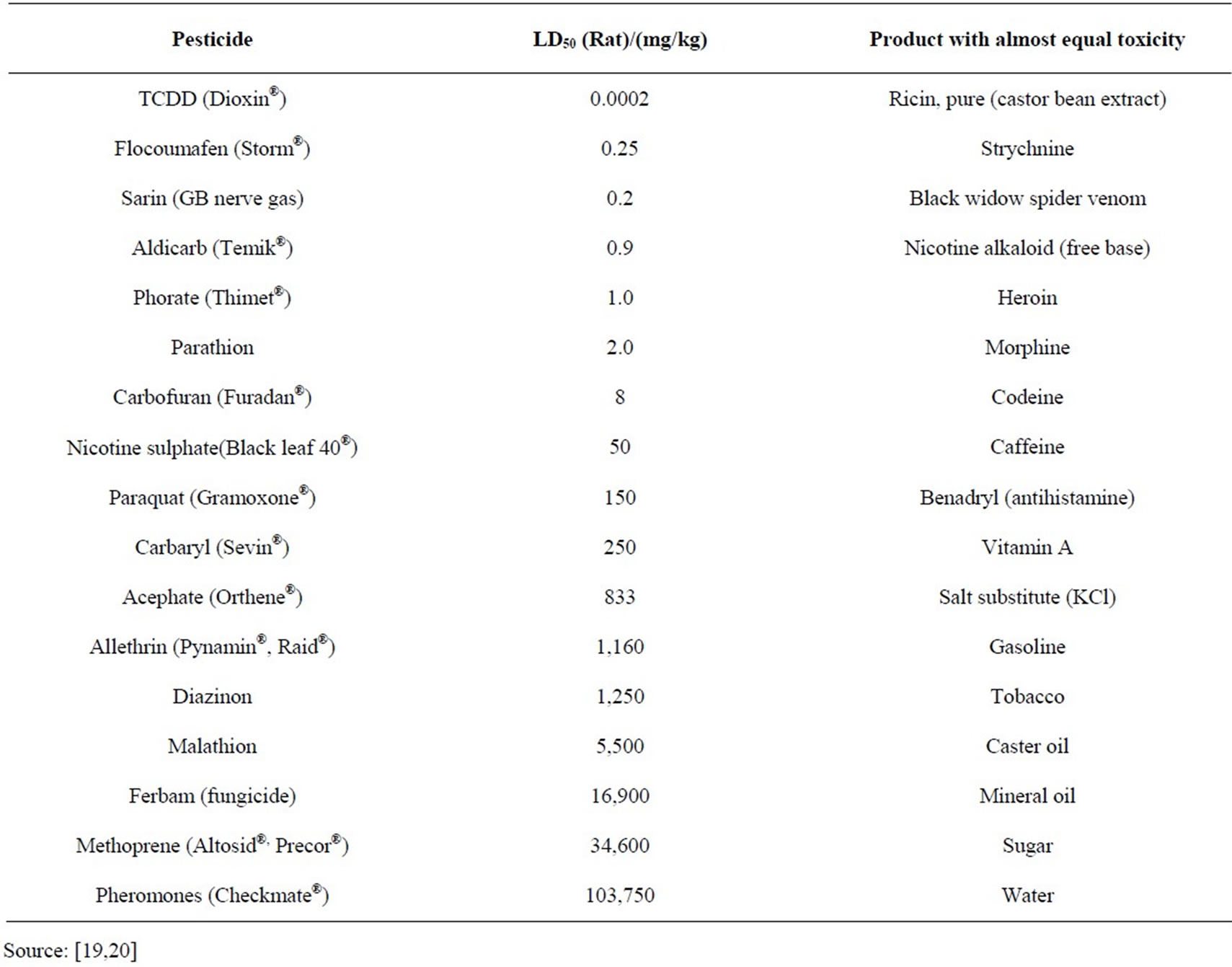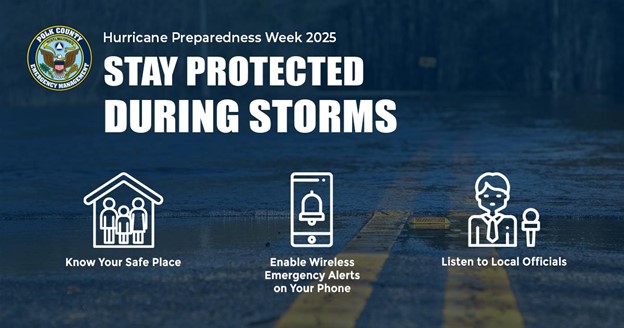Report on Air Pollution and its Impact on Sustainable Development Goals
1.0 Environmental and Health Consequences of Air Pollution
An analysis of air pollution reveals significant detrimental effects on human health and environmental stability, directly impeding progress toward several key Sustainable Development Goals (SDGs).
- Impact on Human Health (SDG 3: Good Health and Well-being): The formation of ground-level ozone (O3) and fine particulate matter (PM2.5), particularly during hot weather, poses a major threat to human health. These pollutants are primary contributors to respiratory and cardiovascular diseases, undermining the core objective of ensuring healthy lives for all.
- Impact on Ecosystems (SDG 14: Life Below Water & SDG 15: Life on Land): Atmospheric pollutants cause widespread environmental degradation. Acid rain and airborne mercury contamination result in demonstrable harm to aquatic and terrestrial ecosystems, affecting the health and viability of fish and wildlife populations. This directly contravenes the goals set to protect life below water and on land.
- Impact on Climate (SDG 13: Climate Action): The emission of greenhouse gases, with carbon dioxide being a principal component, is a fundamental driver of global climate change. This phenomenon challenges the international community’s commitment to taking urgent action to combat climate change and its impacts.
2.0 Primary Sources of Air Pollution and their Relation to SDGs
Air pollutants originate from a range of anthropogenic activities, many of which are central to modern industrial and urban systems. Addressing these sources is critical for achieving sustainable development.
- Energy Production (SDG 7: Affordable and Clean Energy): Power plants that combust fossil fuels such as oil, gas, and coal are major emitters. This reliance on non-renewable energy sources is a direct barrier to achieving universal access to affordable, reliable, and modern clean energy.
- Industrial and Urban Systems (SDG 11: Sustainable Cities and Communities & SDG 12: Responsible Consumption and Production): Emissions from industrial facilities, manufacturing processes, and transportation systems (both on- and off-road vehicles) are significant sources of pollution. These activities highlight the challenge of creating sustainable cities and ensuring sustainable consumption and production patterns.
3.0 Individual Contributions and Collective Responsibility for Sustainable Development
Routine activities also contribute cumulatively to air pollution, underscoring the role of individual consumption choices in the broader context of sustainable development.
- Lawn mowing and the use of power equipment
- Open burning of brush
- Residential wood heating
- Use of personal automobiles for routine errands
These individual actions, when aggregated, have a substantial environmental footprint. Promoting sustainable lifestyle choices is therefore an essential component of achieving SDG 12 (Responsible Consumption and Production) and requires collective public effort to significantly reduce pollution and advance the global sustainability agenda.
Analysis of Sustainable Development Goals in the Article
1. Which SDGs are addressed or connected to the issues highlighted in the article?
The article on air pollution addresses or connects to several Sustainable Development Goals (SDGs) by discussing the impacts of pollution on human health, the environment, and climate.
- SDG 3: Good Health and Well-being: The article directly connects air pollution to human health issues, mentioning that “Air pollution damages health” and highlights “ozone (O₃) and fine particulate matter (PM₂.₅)” as “two major pollutants of concern for human health.”
- SDG 11: Sustainable Cities and Communities: The sources of pollution mentioned, such as “on- and off-road vehicles,” “power plants,” and “industries,” are concentrated in and around urban and community areas. The article’s focus on pollutants like PM₂.₅, which affect urban air quality, links directly to this goal.
- SDG 13: Climate Action: The article explicitly mentions climate change, stating that “Greenhouse gases (chiefly carbon dioxide) in the air are changing the world’s climate.”
- SDG 14: Life Below Water: The impact on aquatic ecosystems is noted through the mention of “Fish… show[ing] harmful effects from acid rain and mercury in air.”
- SDG 15: Life on Land: The article points out that “wildlife show harmful effects from acid rain and mercury in air,” which relates to protecting terrestrial ecosystems and biodiversity.
- SDG 7: Affordable and Clean Energy: The article identifies “power plants that burn oil, gas or coal” as a primary source of air pollutants, implicitly highlighting the need for a transition to cleaner energy sources.
- SDG 12: Responsible Consumption and Production: By mentioning that pollution originates from “industries that manufacture chemicals and other goods” and “routine activities” like driving cars for errands, the article touches upon patterns of industrial production and personal consumption.
2. What specific targets under those SDGs can be identified based on the article’s content?
Based on the issues discussed, the following specific SDG targets can be identified:
- Target 3.9: By 2030, substantially reduce the number of deaths and illnesses from hazardous chemicals and air, water and soil pollution and contamination.
- Justification: The article’s central theme is the damage to human health caused by air pollutants like ozone and PM₂.₅.
- Target 11.6: By 2030, reduce the adverse per capita environmental impact of cities, including by paying special attention to air quality and municipal and other waste management.
- Justification: The text focuses on pollutants that degrade urban air quality and originate from activities common in cities and communities, such as vehicle use and industrial manufacturing.
- Target 13.2: Integrate climate change measures into national policies, strategies and planning.
- Justification: The article identifies “Greenhouse gases (chiefly carbon dioxide)” as a cause of climate change, which is a problem that requires policy-level integration to address its sources, such as emissions from power plants and vehicles.
- Target 14.1: By 2025, prevent and significantly reduce marine pollution of all kinds, in particular from land-based activities, including marine debris and nutrient pollution.
- Justification: The article mentions that pollutants like mercury and those causing acid rain originate from land-based human activities and harm fish, which are part of aquatic ecosystems.
- Target 15.5: Take urgent and significant action to reduce the degradation of natural habitats, halt the loss of biodiversity and, by 2027, protect and prevent the extinction of threatened species.
- Justification: The harmful effects of acid rain and mercury on “wildlife” are explicitly mentioned, indicating a direct impact on natural habitats and biodiversity.
3. Are there any indicators mentioned or implied in the article that can be used to measure progress towards the identified targets?
Yes, the article mentions or implies several indicators that can be used to measure progress:
- Indicator 11.6.2: Annual mean levels of fine particulate matter (e.g. PM2.5 and PM10) in cities (population weighted).
- Justification: The article explicitly names “fine particulate matter (PM₂.₅)” as a major pollutant of concern. Measuring its concentration is a direct way to track progress on air quality.
- Indicator for Target 3.9: While the official indicator is mortality rate (3.9.1), the article implies measuring the concentration of harmful pollutants that cause illness.
- Justification: The text mentions “ozone (O₃)” and “PM₂.₅” as damaging to health. Monitoring the levels of these specific pollutants in the air serves as a direct indicator of exposure risk.
- Indicator for Target 13: Total greenhouse gas emissions.
- Justification: The article identifies “Greenhouse gases (chiefly carbon dioxide)” as the driver of climate change. Measuring the total emissions of these gases from sources like “power plants” and “vehicles” is a fundamental indicator for climate action.
- Implied Indicators for Targets 14.1 and 15.5: Concentration of pollutants in ecosystems.
- Justification: The article mentions “mercury” affecting fish and wildlife. An implied indicator would be the measurement of mercury levels in fish and wildlife tissues to assess the extent of contamination and progress in reducing it. Similarly, the impact of “acid rain” could be monitored by measuring the pH levels of water bodies and soil.
4. Table of SDGs, Targets, and Indicators
| SDGs | Targets | Indicators Identified in Article |
|---|---|---|
| SDG 3: Good Health and Well-being | 3.9: Substantially reduce deaths and illnesses from air pollution. | Concentrations of health-damaging pollutants, specifically “ozone (O₃)” and “fine particulate matter (PM₂.₅).” |
| SDG 11: Sustainable Cities and Communities | 11.6: Reduce the adverse per capita environmental impact of cities, paying special attention to air quality. | Annual mean levels of “fine particulate matter (PM₂.₅).” |
| SDG 13: Climate Action | 13.2: Integrate climate change measures into policies and planning. | Volume of “Greenhouse gases (chiefly carbon dioxide)” emissions from sources like power plants and vehicles. |
| SDG 14: Life Below Water | 14.1: Prevent and reduce marine pollution from land-based activities. | (Implied) Concentration of “mercury” in “fish” and pH levels of water bodies affected by “acid rain.” |
| SDG 15: Life on Land | 15.5: Reduce the degradation of natural habitats and halt biodiversity loss. | (Implied) Concentration of “mercury” in “wildlife” and impact of “acid rain” on terrestrial ecosystems. |
Source: dec.ny.gov







